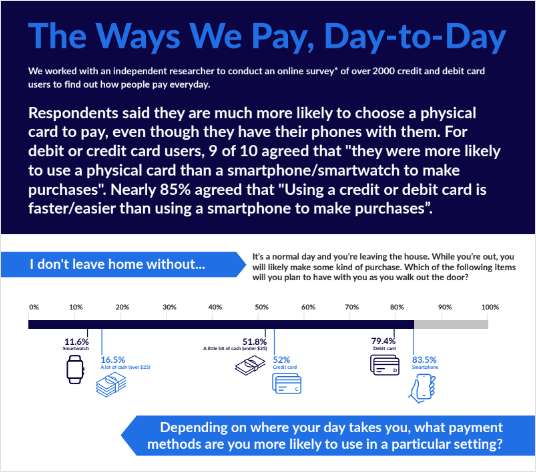Maximizing and ensuring member value and performance requires an ongoing review of the depth of talent in your credit union as well as the right complement of skills to lead effectively and navigate changing strategies. As markets become more global and technology continues to play an even greater role in strategy, the criteria established for both CEOs and succession planning candidates emerges and changes over time.
These skill sets need to be linked to the strategic plan, performance reviews as well as the CEO and board dashboards. It's the role of the board to understand key strategic drivers of the credit union one to two years, three to five years and five to 10 years out.
Criteria will evolve from these drivers that will define the required skills sets for the CEO, CEO succession candidates and board member candidates as well. Criteria established also will assist in filtering out certain candidates that do not help to affirm your chosen strategies. At the board level, it's important to ask, “Am I bringing fresh thinking and do my skill sets match what's needed for the credit union strategically?”
Having succession discussions on a regular basis takes courage. Not every CEO or board member will embrace this process. However, as a board member, it is critical to performing your duties as a director. Ensuring that a process is in place that focuses on the CEO and succession candidates will enable you to have a personal sense of the leadership capacity of the credit union and how the team is performing as well.
Succession planning is the responsibility of the entire board and all members should participate. This puts increased emphasis on board education, continuous learning and a passion and enthusiasm for studying the latest emerging trends and how they will impact your strategic plan and credit union as a whole.
To show you how sensitive this process actually is, on the recent January 19th National Association of Corporate Directors Succession Planning Webinar, only 52% of participants had a formal succession plan in place; 44% had no formal plan in place and 5% didn't know. However, on a contingency basis, 74% said they had a plan in place if the CEO was unable to continue managing the company.
So it's the ongoing process of setting criteria and having conversations with your CEO about their plans well in advance of two years before they usually begin to prepare for retirement. This will provide opportunities for new candidates to learn, come up to speed on the criteria that have been developed and to “let seeds sprout.” If you, as a board, understand the CEO's thinking and how long their trajectory will be, you will have a better sense on how to react to contingency planning as well.
Whereas the process of “leadership development” is rarely called “leadership succession”, there are leading practices in CEO succession planning, reviewed during the NACD Webinar, that can be extremely helpful to ensuring that this process is effective, including but not limited to: plan three to five years out; prepare a comprehensive emergency succession plan; ensure full board involvement; establish open and ongoing dialogue with annual review of CEO and succession candidates; develop and agree on selection criteria; use formal assessment processes; interact with internal candidates; develop internal candidates rather than recruit externally, and have an outgoing CEO leave or stay on as chair for a limited time only.
Due to the complexity of this issue, and the required interplay between the board and the CEO, the board must own this process. Significant dollars can be spent through Human Resources in the development of leadership capacity within the organization, but if the board never takes responsibility for this process by owning it and driving it, it will never happen effectively. This process must be linked to HR to ensure that the leadership legacy of the company is developed. But the board must be in control and own this process.
At least on an annual basis, the board should review a succession planning in two ways: in a normal retirement scenario as well as a contingency plan. In both cases, it's important to work with the CEO to include them in their thinking in this process.
A key skill set for any CEO candidate is their willingness to continue to learn and adapt to new situations. Additionally, they need to have strong values and the ability to visualize the future – which is as for true board members as it is for the CEO.
Stuart R. Levine is chairman and CEO of Stuart Levine & Associates LLC, a strategy, leadership and governance consulting firm.
Complete your profile to continue reading and get FREE access to CUTimes.com, part of your ALM digital membership.
Your access to unlimited CUTimes.com content isn’t changing.
Once you are an ALM digital member, you’ll receive:
- Breaking credit union news and analysis, on-site and via our newsletters and custom alerts
- Weekly Shared Accounts podcast featuring exclusive interviews with industry leaders
- Educational webcasts, white papers, and ebooks from industry thought leaders
- Critical coverage of the commercial real estate and financial advisory markets on our other ALM sites, GlobeSt.com and ThinkAdvisor.com
Already have an account? Sign In Now
© 2025 ALM Global, LLC, All Rights Reserved. Request academic re-use from www.copyright.com. All other uses, submit a request to [email protected]. For more information visit Asset & Logo Licensing.









